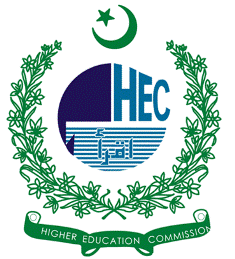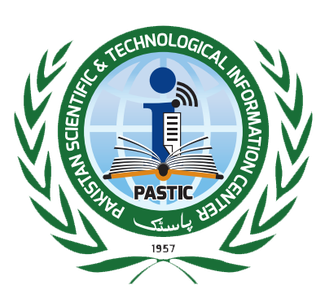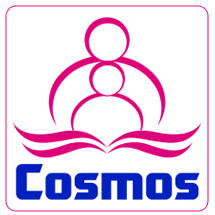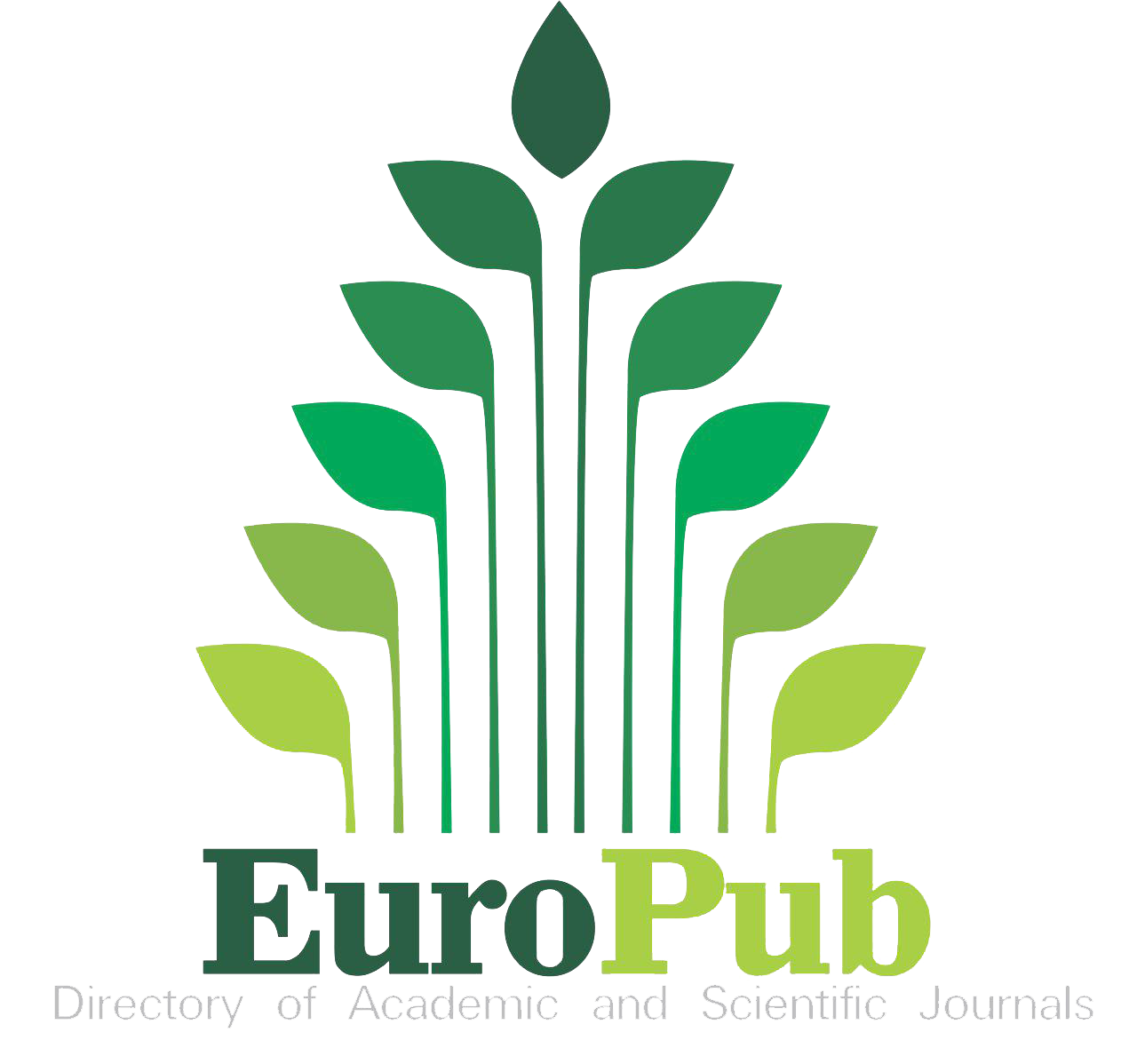Design Of a Photocatalytic Reaction System for Pollutant Degradation: A Computational Study
Keywords:
Computational Fluid Dynamics (CFD), Photocatalytic Degradation, Methyl Orange, Bi2O3 Nanoparticles, Predictive ModellingAbstract
In this study, Computational Fluid Dynamics (CFD) was used to model and simulate the photocatalytic degradation of methyl orange (MeO) in a stirred photoreactor, particularly in the presence of a bismuth oxide catalyst. This approach not only provides an effective method for treating wastewater by breaking down harmful dye pollutants but also highlights the potential of cost-effective and eco-friendly catalytic materials for environmental cleanup.
In the first phase, the catalyst was evenly distributed in an aqueous MeO solution, where photocatalysis was employed to degrade the pollutant. The structural properties of the catalyst were analyzed using scanning electron microscopy (SEM). Experiments were conducted to examine how different factors, such as pH and pollutant concentration, influenced MeO removal.
In the next step, CFD was used to numerically analyze MeO degradation through photocatalysis. The results showed that the photoreactor effectively broke down MeO. CFD modeling further explained the degradation mechanism, revealing that hydroxyl radicals (OH•) played a key role in the heterogeneous photocatalytic process. Photocatalysis significantly contributed to pollutant breakdown in both experimental and simulated phases.
The CFD models closely matched experimental data, confirming the findings related to fluid dynamics and species concentration. By offering deeper insights into mass transfer and reaction kinetics at a fraction of the cost and time, CFD proved to be more efficient than experimental methods in analyzing MeO degradation.
References
P. S. Yuan Liu, Jian Wang , Xuran Zhu, Yang Liu, Ming Cheng, Weihai Xing, Yuping Wan, Na Li, Liting Yang, “Effects of electrolyzed water treatment on pesticide removal and texture quality in fresh-cut cabbage, broccoli, and color pepper,” Food Chem., vol. 353, p. 129408, 2021, doi: https://doi.org/10.1016/j.foodchem.2021.129408.
R. A. T.-P. Ana L. Camargo-Perea, Efraím A. Serna-Galvis, Judy Lee, “Understanding the effects of mineral water matrix on degradation of several pharmaceuticals by ultrasound: Influence of chemical structure and concentration of the pollutants,” Ultrason. Sonochem., vol. 73, p. 105500, 2021, doi: https://doi.org/10.1016/j.ultsonch.2021.105500.
C. A. Islam Ibrahim, George Belessiotis, Michalis K. Arfanis, “Surfactant Effects on the Synthesis of Redox Bifunctional V2O5 Photocatalysts,” Materials (Basel)., vol. 13, no. 20, p. 4665, 2020, doi: 10.3390/ma13204665.
A. B. R. Cátia Magro, Eduardo P. Mateus, Juan M. Paz-Garcia, “Emerging organic contaminants in wastewater: Understanding electrochemical reactors for triclosan and its by-products degradation,” Chemosphere, vol. 247, p. 125758, 2020, doi: https://doi.org/10.1016/j.chemosphere.2019.125758.
Luis Baptista-Pires , Norra Giannis-Florjan and Jelena Radjenovic, “Graphene-based sponges for electrochemical degradation of persistent organic contaminants,” Water Res., vol. 203, p. 117492, 2021, doi: https://doi.org/10.1016/j.watres.2021.117492.
M. N. A. Rashi Miglani, Nagma Parveen, Ankit Kumar, Mohd. Arif Ansari, Soumya Khanna, Gaurav Rawat, Amrita Kumari Panda, Satpal Singh Bisht, Jyoti Upadhyay, “Degradation of Xenobiotic Pollutants: An Environmentally Sustainable Approach,” Metabolites, vol. 12, no. 9, p. 818, 2022, doi: https://doi.org/10.3390/metabo12090818.
O. O. B. Modupe Stella Ayilara, “Bioremediation of environmental wastes: the role of microorganisms,” Front. Agron., vol. 5, 2023, doi: 10.3389/fagro.2023.1183691.
F. A. & S. S. A. Khadega A. Almaqdi, Rana Morsi, Bahia Alhayuti, “LC-MSMS based screening of emerging pollutant degradation by different peroxidases,” BMC Biotechnol., vol. 19, no. 83, 2019, doi: https://doi.org/10.1186/s12896-019-0574-y.
R. A. El-Salamony, E. Amdeha, S. A. Ghoneim, N. A. Badawy, K. M. Salem, and A. M. Al-Sabagh, “Titania modified activated carbon prepared from sugarcane bagasse: adsorption and photocatalytic degradation of methylene blue under visible light irradiation,” Environ. Technol., vol. 38, no. 24, pp. 3122–3136, Dec. 2017, doi: 10.1080/21622515.2017.1290148.
S. K. N.R. Khalid, A. Majid, M. Bilal Tahir, N.A. Niaz, “Carbonaceous-TiO2 nanomaterials for photocatalytic degradation of pollutants: A review,” Ceram. Int., vol. 43, no. 17, pp. 14552–14571, 2017, doi: https://doi.org/10.1016/j.ceramint.2017.08.143.
W. T. C. Yean Ling Pang, Steven Lim, Hwai Chyuan Ong, “Synthesis, characteristics and sonocatalytic activities of calcined γ-Fe2O3 and TiO2 nanotubes/γ-Fe2O3 magnetic catalysts in the degradation of Orange G,” Ultrason. Sonochem., vol. 29, pp. 317–327, 2016, doi: https://doi.org/10.1016/j.ultsonch.2015.10.003.
C. H. Hak, L. C. Sim, K. H. Leong, P. F. Lim, Y. H. Chin, and P. Saravanan, “M/g-C3N4 (M=Ag, Au, and Pd) composite: synthesis via sunlight photodeposition and application towards the degradation of bisphenol A,” Environ. Sci. Pollut. Res., vol. 25, no. 25, pp. 25401–25412, Sep. 2018, doi: 10.1007/S11356-018-2632-8/METRICS.
K.-H. P. Wan-Kuen Jo, “Heterogeneous photocatalysis of aromatic and chlorinated volatile organic compounds (VOCs) for non-occupational indoor air application,” Chemosphere, vol. 57, no. 7, pp. 555–565, 2004, doi: https://doi.org/10.1016/j.chemosphere.2004.08.018.
W. Z. Kowarsk Beata, Jerzy Baron, Stanisław Kandefer, “Incineration of Municipal Sewage Sludge in a Fluidized Bed Reactor,” Engineering, vol. 5, no. 1, pp. 125–134, 2013, doi: 10.4236/eng.2013.51A018.
A. M. A.-M. Kavin Micheal, A. Ayeshamariam, Rajender Boddula, Prabhakarn Arunachalam, Mohamad S. AlSalhi, J. Theerthagiri, Saradh Prasad, J. Madhavan, “Assembled composite of hematite iron oxide on sponge-like BiOCl with enhanced photocatalytic activity,” Mater. Sci. Energy Technol., vol. 2, no. 1, pp. 104–111, 2019, doi: https://doi.org/10.1016/j.mset.2018.11.004.
S.-J. H. Yun Kyung Jo, Jang Mee Lee Son, Suji, “2D inorganic nanosheet-based hybrid photocatalysts: Design, applications, and perspectives,” J. Photochem. Photobiol. C Photochem. Rev., vol. 40, pp. 150–190, 2019, doi: https://doi.org/10.1016/j.jphotochemrev.2018.03.002.
L. K. Z. Ye, “A comparative study of photocatalytic activity of ZnS photocatalyst for degradation of various dyes,” Optik (Stuttg)., vol. 164, pp. 345–354, 2018, doi: https://doi.org/10.1016/j.ijleo.2018.03.030.
R. Saravanan, F. Gracia, and A. Stephen, “Basic Principles, Mechanism, and Challenges of Photocatalysis,” Nanocomposites Visible Light. Photocatal., pp. 19–40, 2017, doi: 10.1007/978-3-319-62446-4_2.
M. R. R. Fatemeh Poorsajadi, Mohammad Hossein Sayadi , Mahmood Hajiani, “Photocatalytic degradation of methyl orange dye using bismuth oxide nanoparticles under visible radiation,” Int. J. New Chem., vol. 83, pp. 229–239, 2021, doi: 10.22034/ijnc.2020.137235.1131.
B. K. Ali Akbar Isari, Amir Payan, Moslem Fattahi, Sahand Jorfi, “Photocatalytic degradation of rhodamine B and real textile wastewater using Fe-doped TiO2 anchored on reduced graphene oxide (Fe-TiO2/rGO): Characterization and feasibility, mechanism and pathway studies,” Appl. Surf. Sci., vol. 462, pp. 549–564, 2018, doi: https://doi.org/10.1016/j.apsusc.2018.08.133.
M. B. K. A.R. Khataee, “Photocatalytic degradation of organic dyes in the presence of nanostructured titanium dioxide: Influence of the chemical structure of dyes,” J. Mol. Catal. A Chem., vol. 328, no. 1–2, pp. 8–26, 2010, doi: https://doi.org/10.1016/j.molcata.2010.05.023.
S. M. S. Jorfi, “Visible Light Photocatalytic Degradation of Azo Dye and a Real Textile Wastewater Using Mn, Mo, La/TiO2 /AC Nanocomposite,” Chem. Biochem. Eng. Q., 2018, doi: 10.15255/CABEQ.2017.1261.
J. L. Bradshaw, N. Ashoori, M. Osorio, and R. G. Luthy, “Modeling Cost, Energy, and Total Organic Carbon Trade-Offs for Stormwater Spreading Basin Systems Receiving Recycled Water Produced Using Membrane-Based, Ozone-Based, and Hybrid Advanced Treatment Trains,” Environ. Sci. Technol., vol. 53, no. 6, pp. 3128–3139, Mar. 2019, doi: 10.1021/ACS.EST.9B00184.
H. de L. Castrillón, S. Romero-Vargas,Ibrahim, H., “Flow field investigation in a photocatalytic reactor for air treatment (Photo-CREC–air),” Chem. Eng. Sci., vol. 61, no. 10, pp. 3343–3361, 2006, doi: https://doi.org/10.1016/j.ces.2005.11.039.
C. J. C. Cooper Scott, “CFD simulations of particle mixing in a binary fludized bed,” Powder Technol., vol. 151, no. 1, pp. 27–36, 2005, doi: 10.1016/j.powtec.2004.11.041.
Y. Jiang, M. R. Khadilkar, M. H. Al-Dahhan, and M. P. Dudukovic, “CFD of multiphase flow in packed-bed reactors: I. k-Fluid modeling issues,” AIChE J., vol. 48, no. 4, pp. 701–715, Apr. 2002, doi: 10.1002/AIC.690480406.
W. M. Henk Kaarle Versteeg, “An Introduction to Computational Fluid Dynamics: The Finite Volume Method,” Pearson Education Limited. Accessed: Mar. 13, 2025. [Online]. Available: https://books.google.com.pk/books/about/An_Introduction_to_Computational_Fluid_D.html?id=RvBZ-UMpGzIC&redir_esc=y
D. P. P. Iyyapushpam, S., Nishanthi, S.T., “Photocatalytic degradation of methyl orange using α-Bi2O3 prepared without surfactant,” J. Alloys Compd., vol. 563, pp. 104–107, 2013, doi: https://doi.org/10.1016/j.jallcom.2013.02.107.
B. Wu, “Computational Fluid Dynamics Investigation of Turbulence Models for Non-Newtonian Fluid Flow in Anaerobic Digesters,” Environ. Sci. Technol., vol. 44, no. 23, pp. 8989–8995, Dec. 2010, doi: 10.1021/ES1010016.
David C. Wilcox, “Turbulence Modeling for CFD,” DCW Ind., 2006, [Online]. Available: https://cfd.spbstu.ru/agarbaruk/doc/2006_Wilcox_Turbulence-modeling-for-CFD.pdf
A. J. O. et al Ebenezer Oluwatosin Atoyebi, “Computational Fluid Dynamics,” Compr. Mater. Process., 2024, [Online]. Available: https://www.sciencedirect.com/topics/materials-science/computational-fluid-dynamics
A. K. Mahdi Ebrahimi Farshchi, Hassan Aghdasinia, “Heterogeneous Fenton reaction for elimination of Acid Yellow 36 in both fluidized-bed and stirred-tank reactors: Computational fluid dynamics versus experiments,” Water Res., vol. 151, pp. 203–214, 2019, doi: https://doi.org/10.1016/j.watres.2018.12.011.
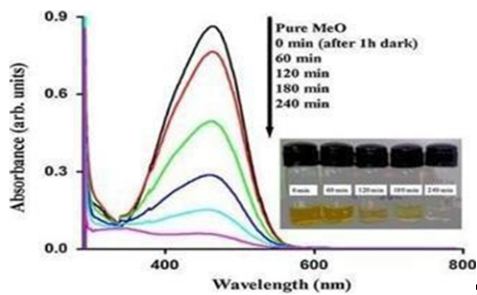
Downloads
Published
How to Cite
Issue
Section
License
Copyright (c) 2025 50sea

This work is licensed under a Creative Commons Attribution 4.0 International License.

